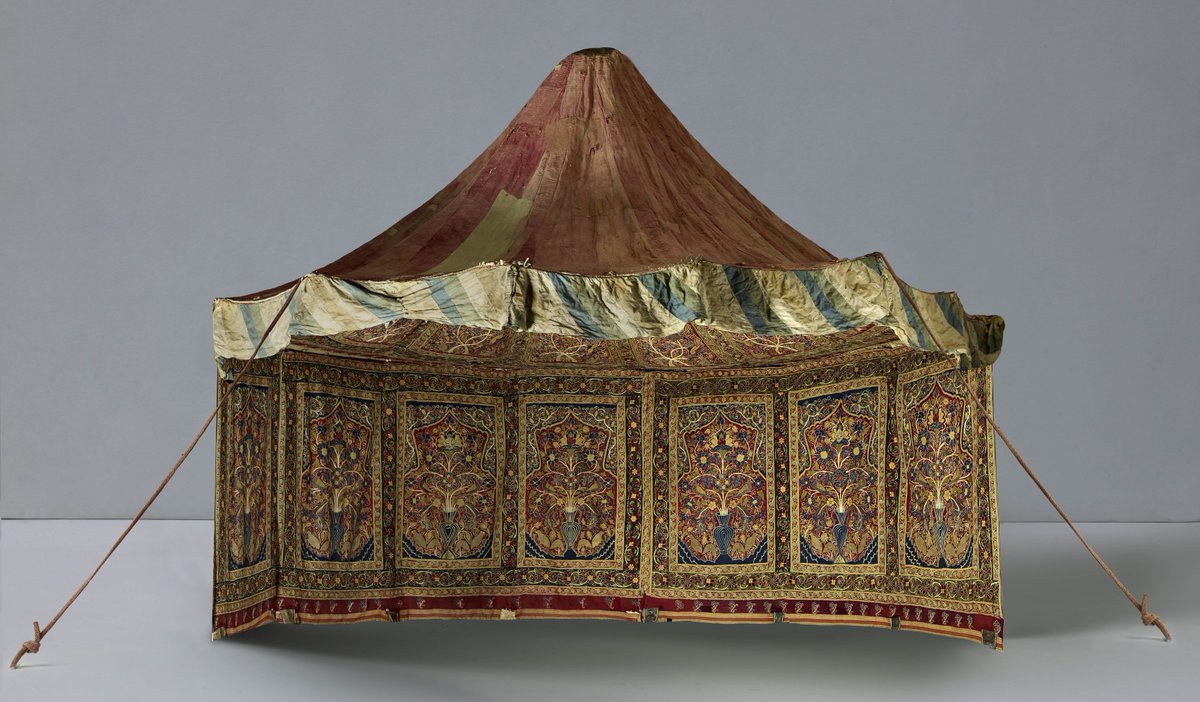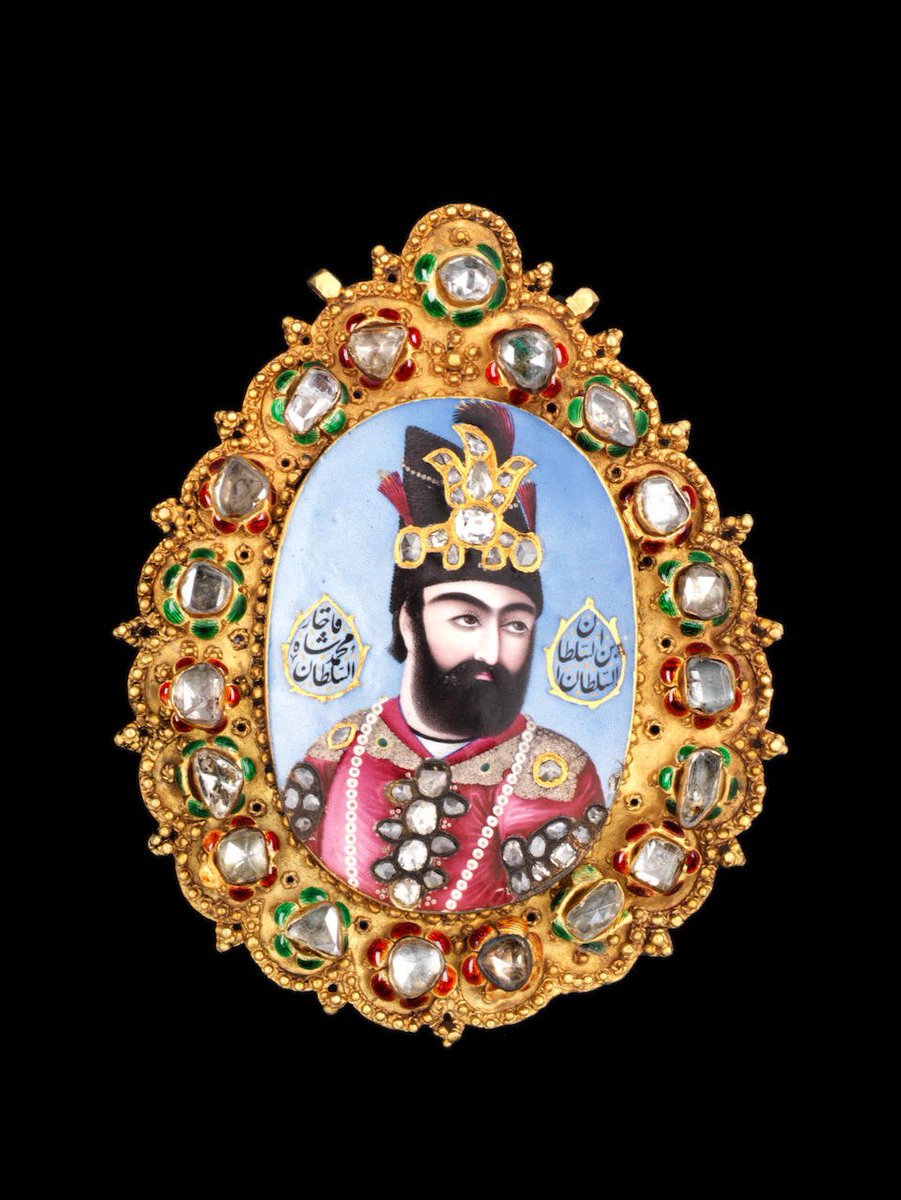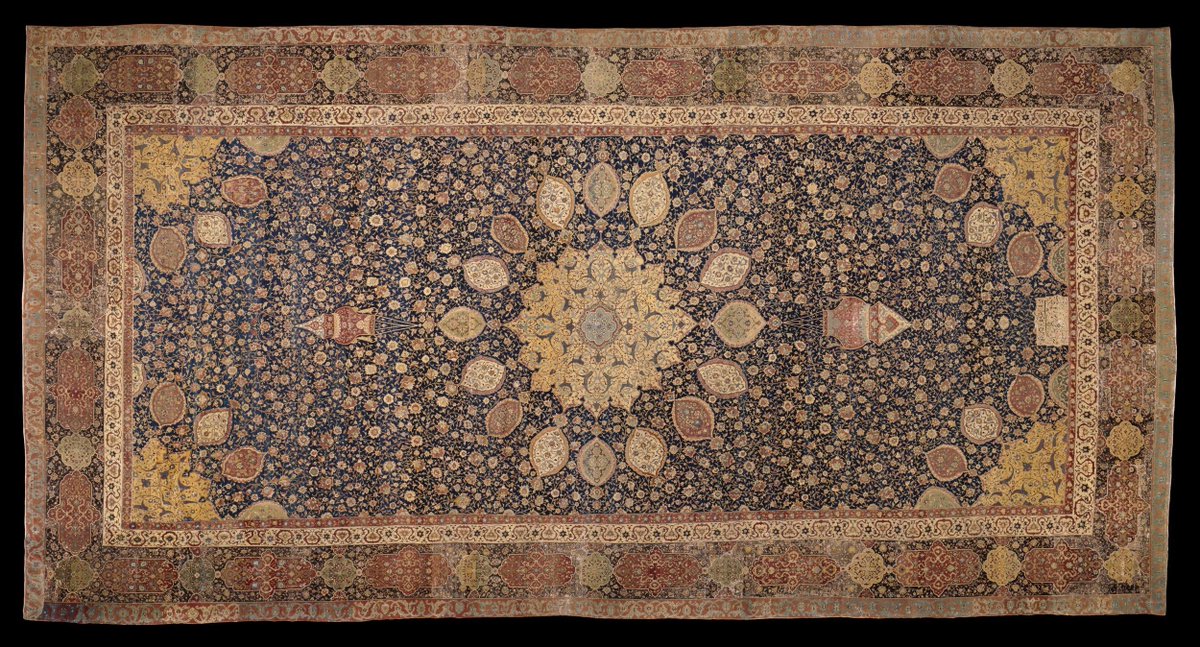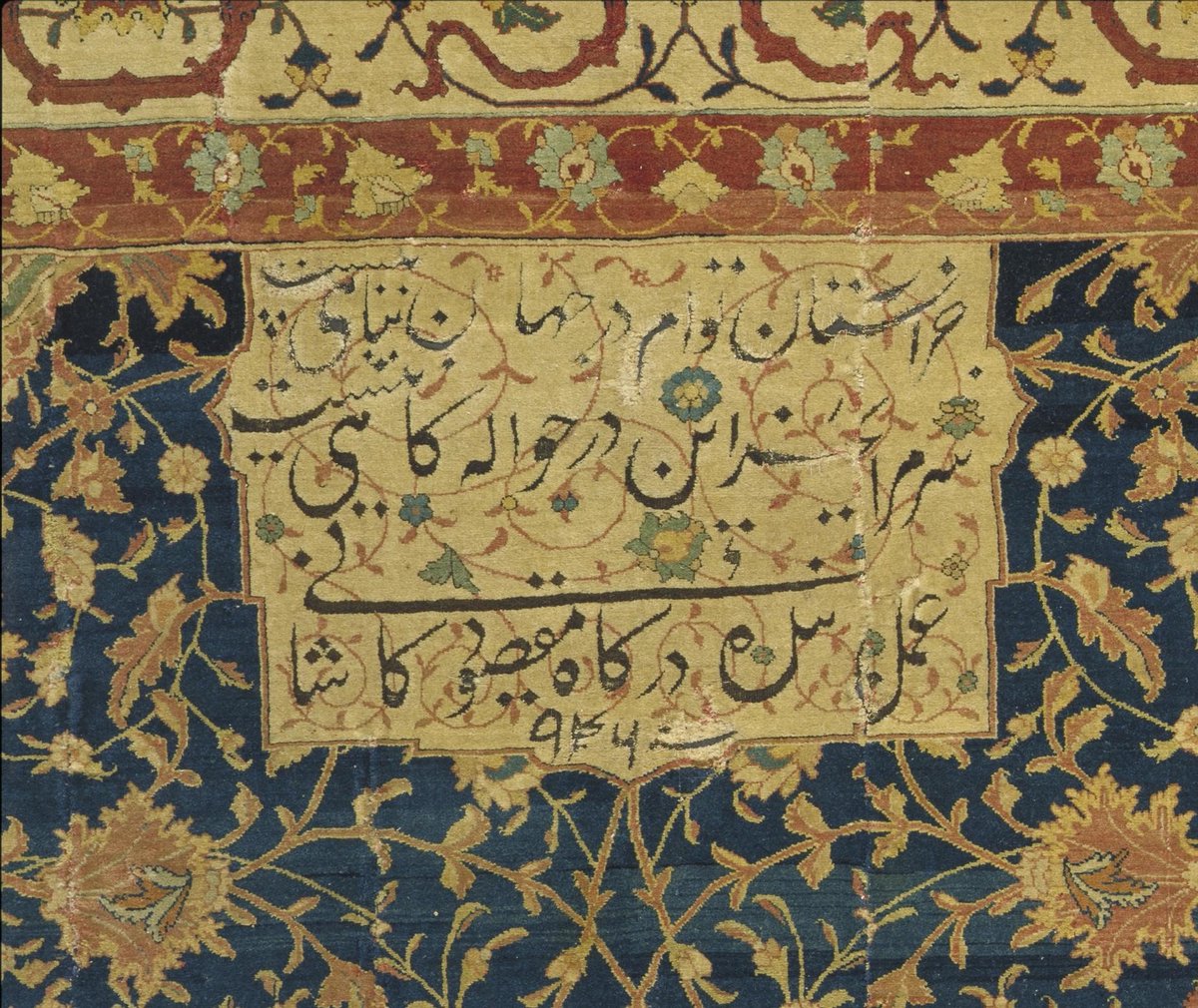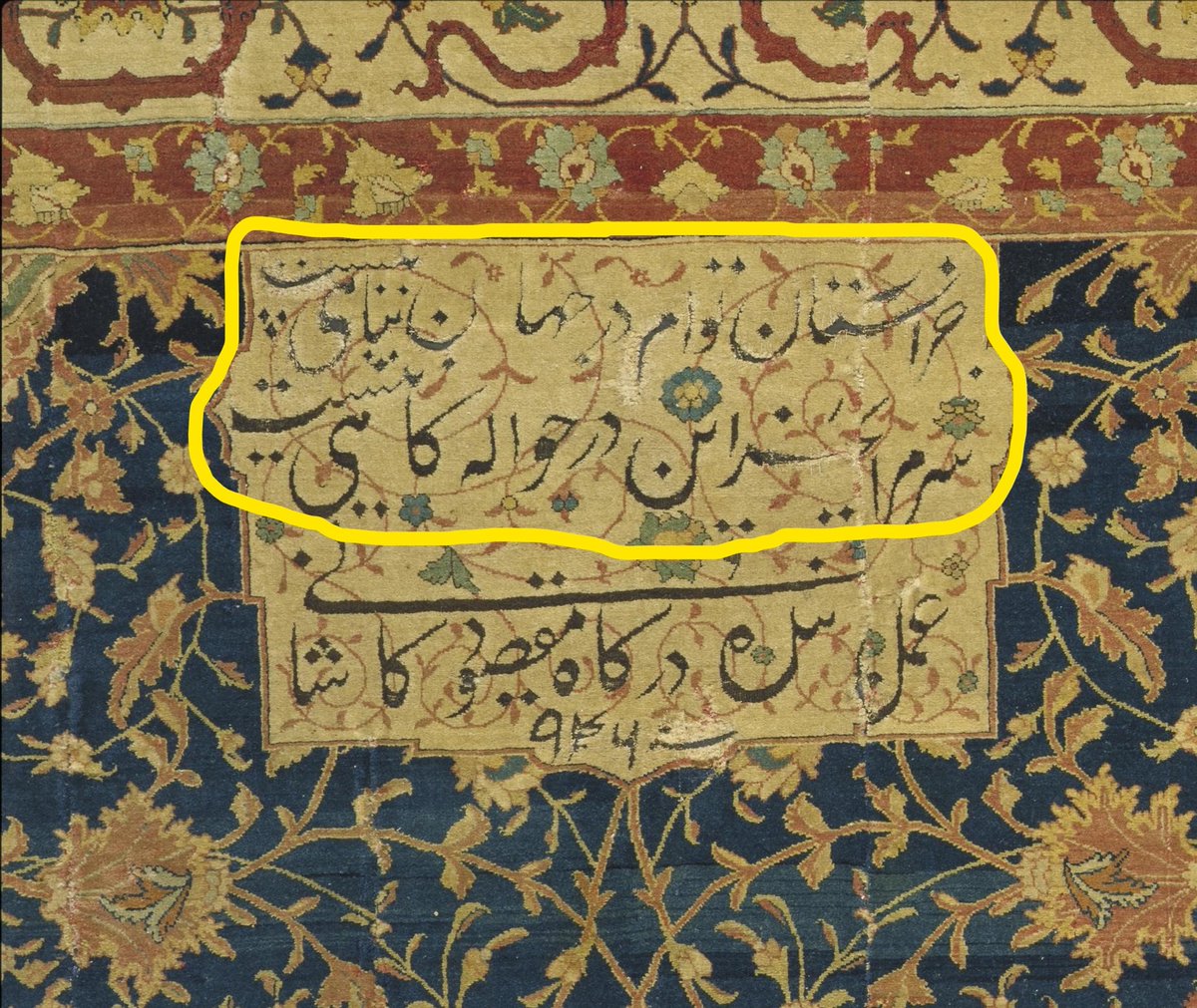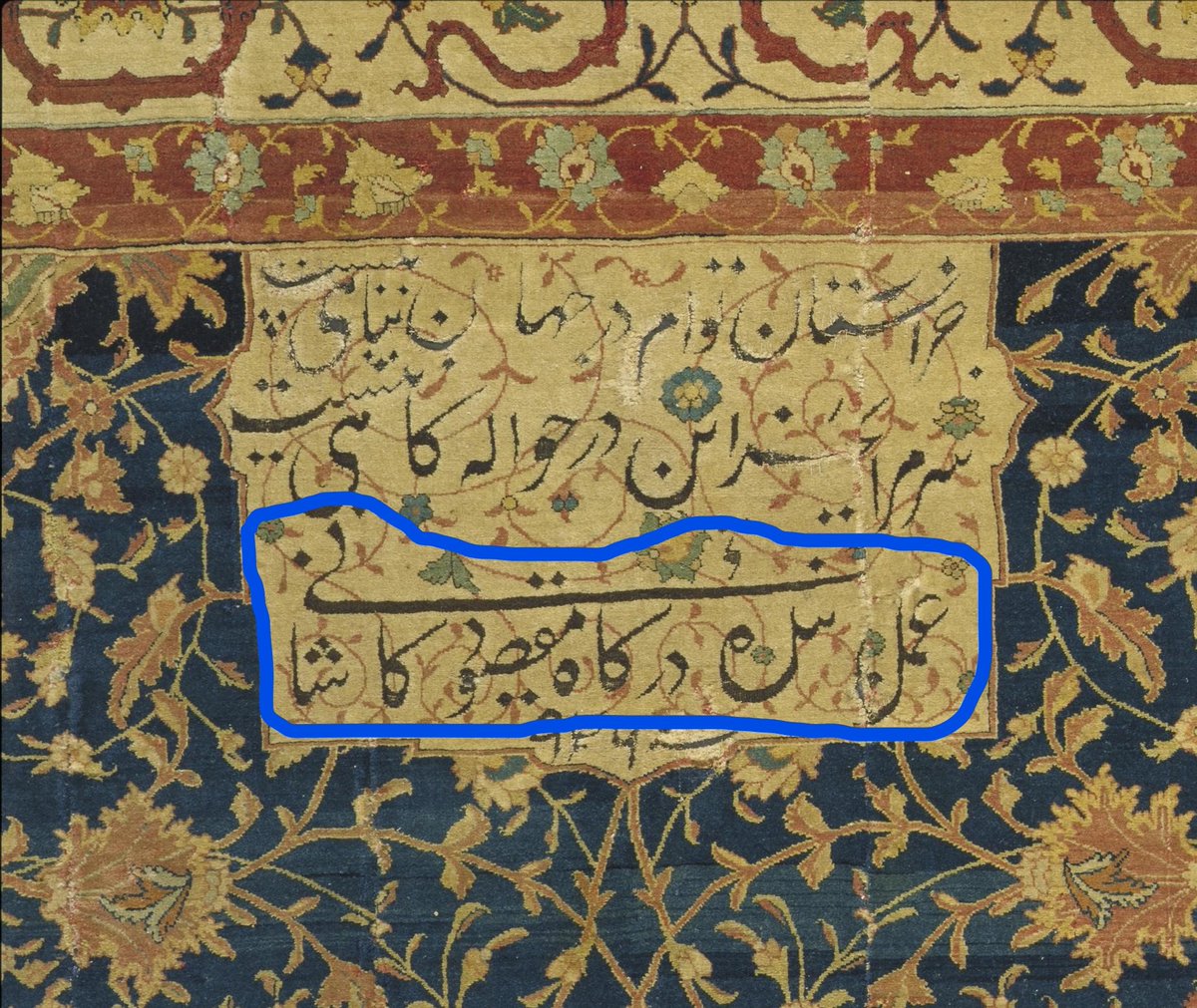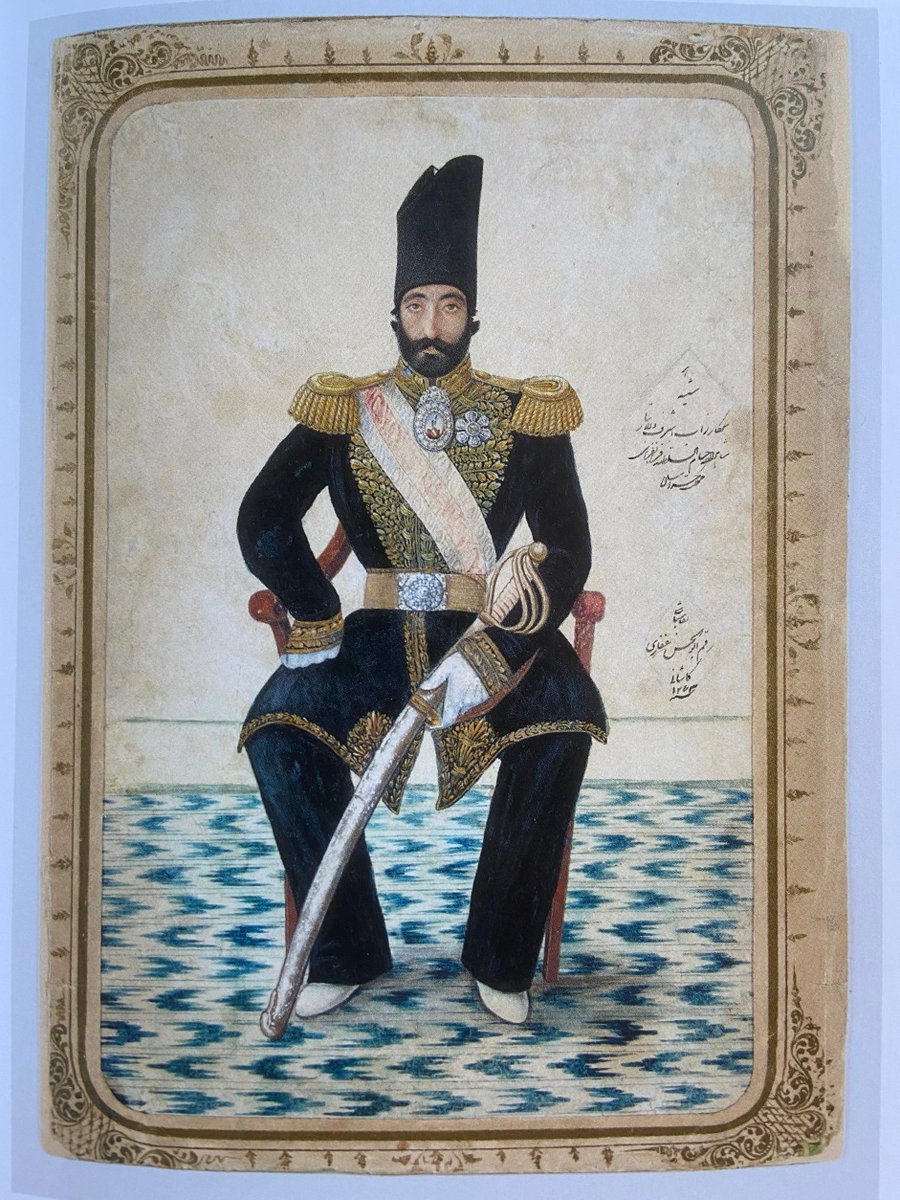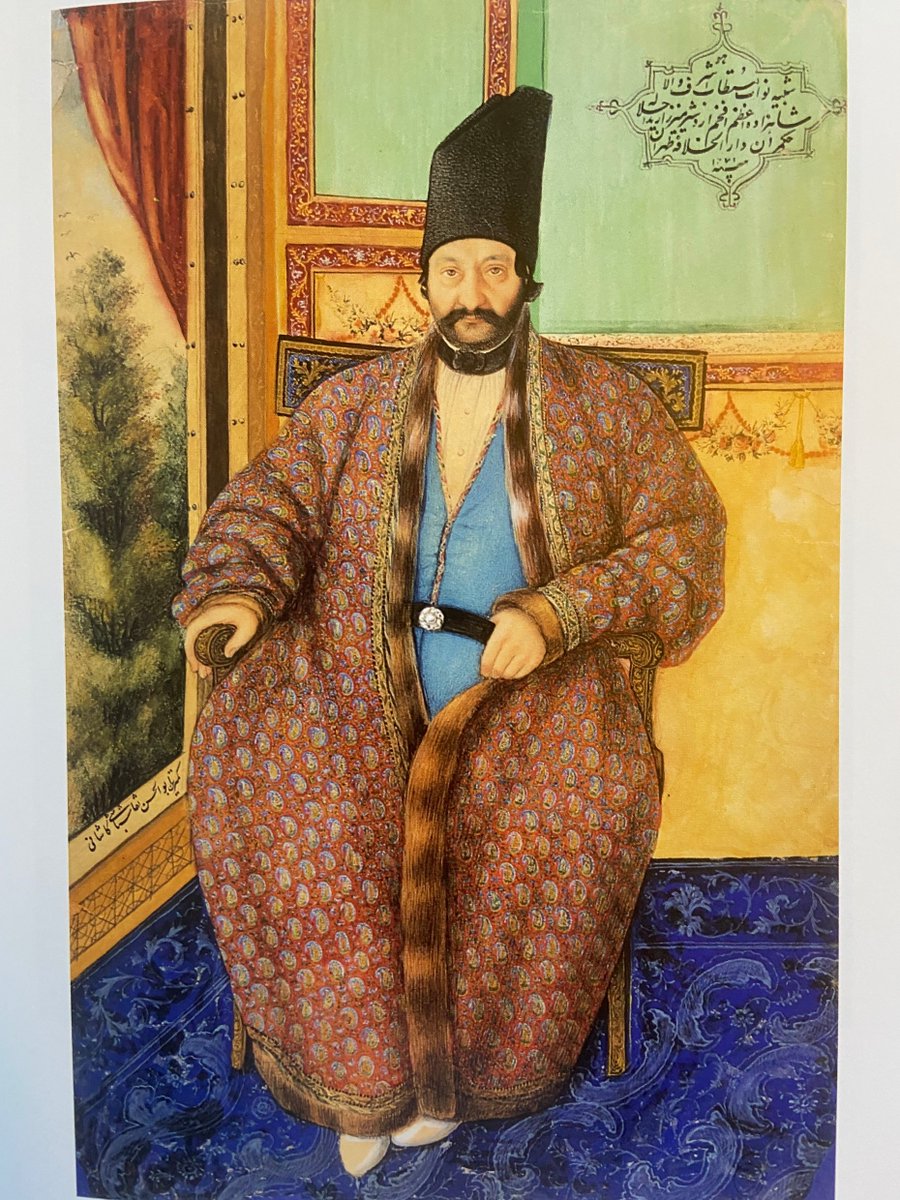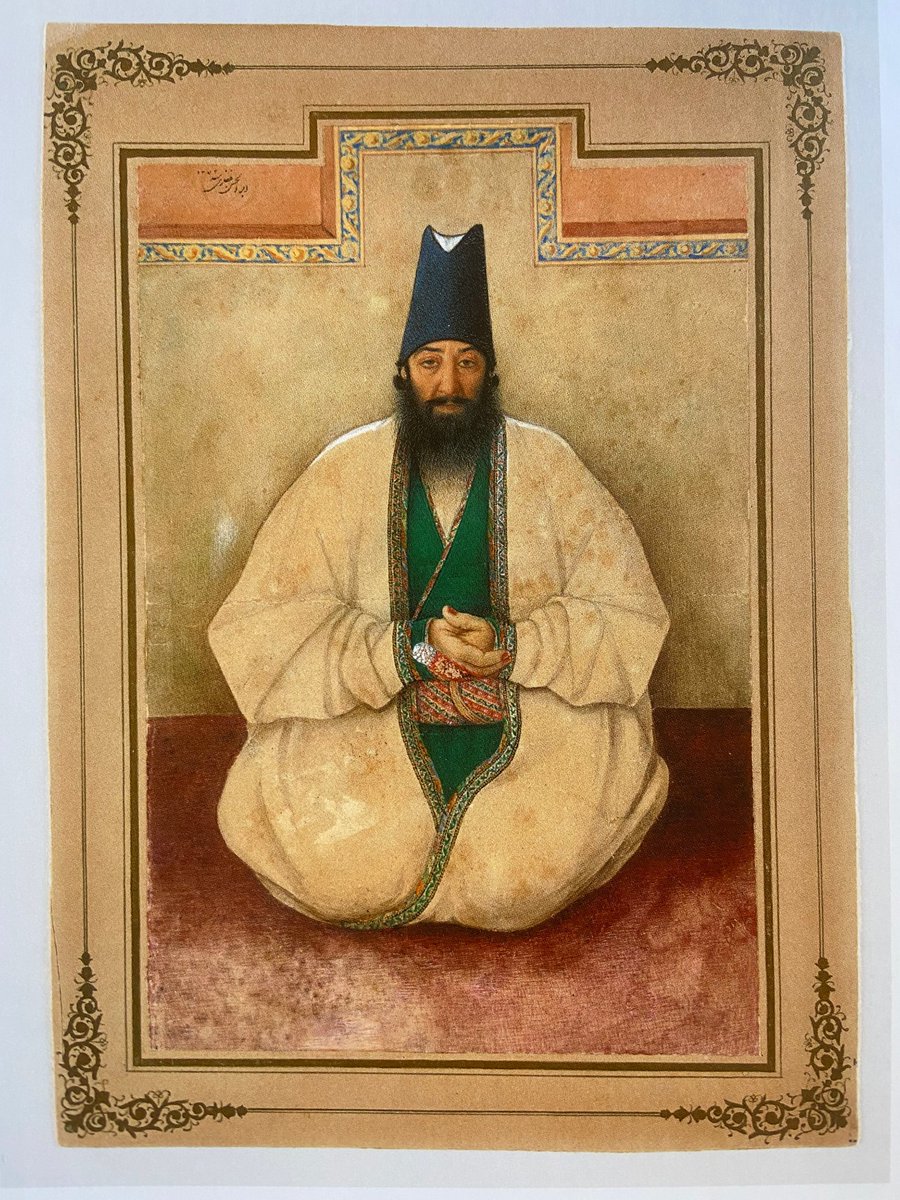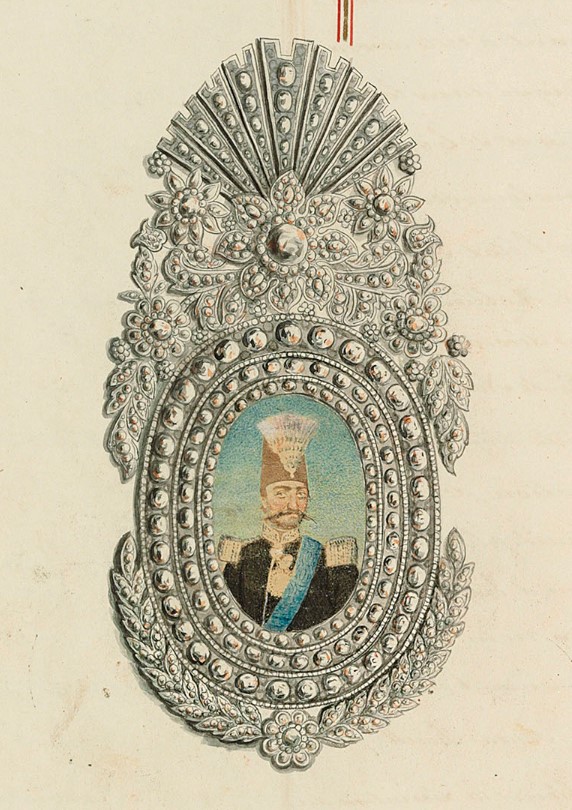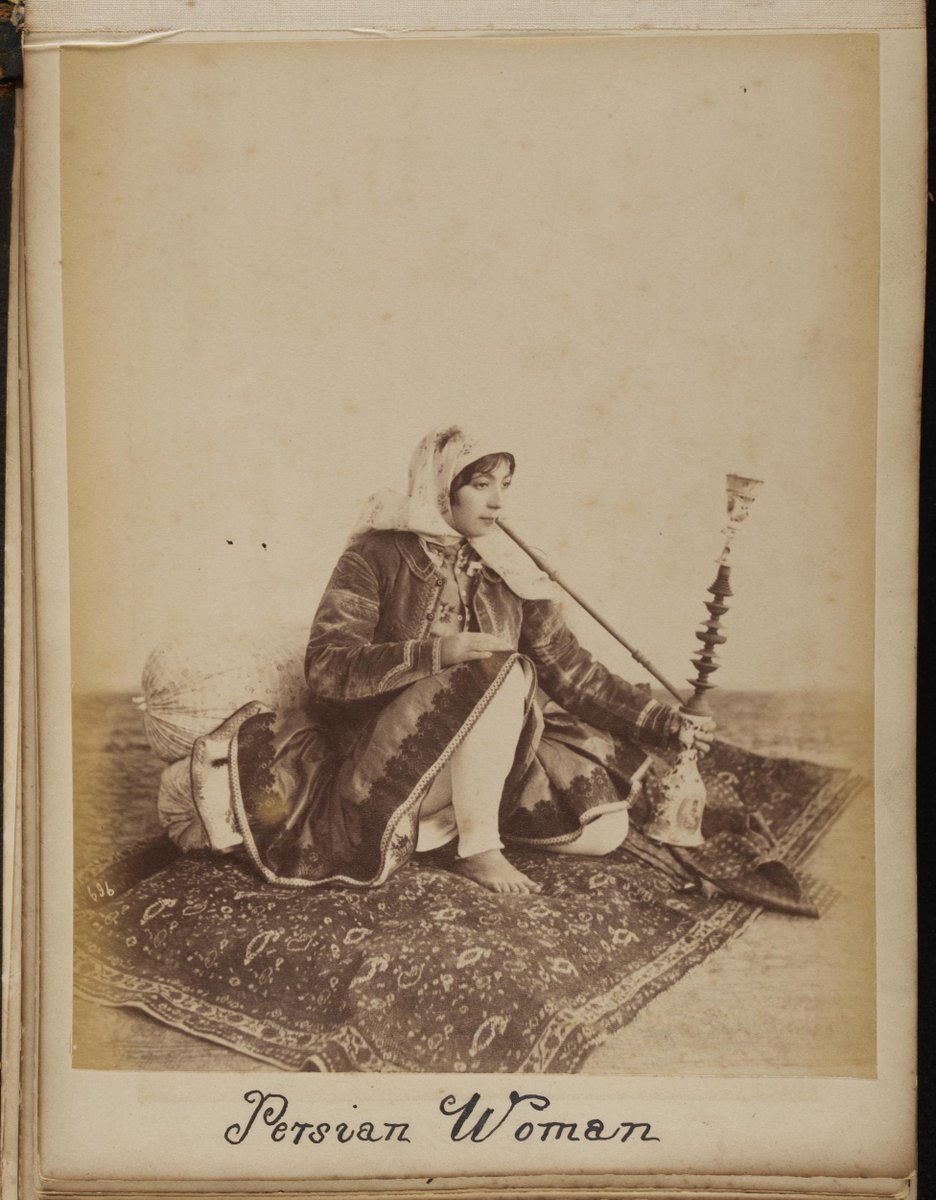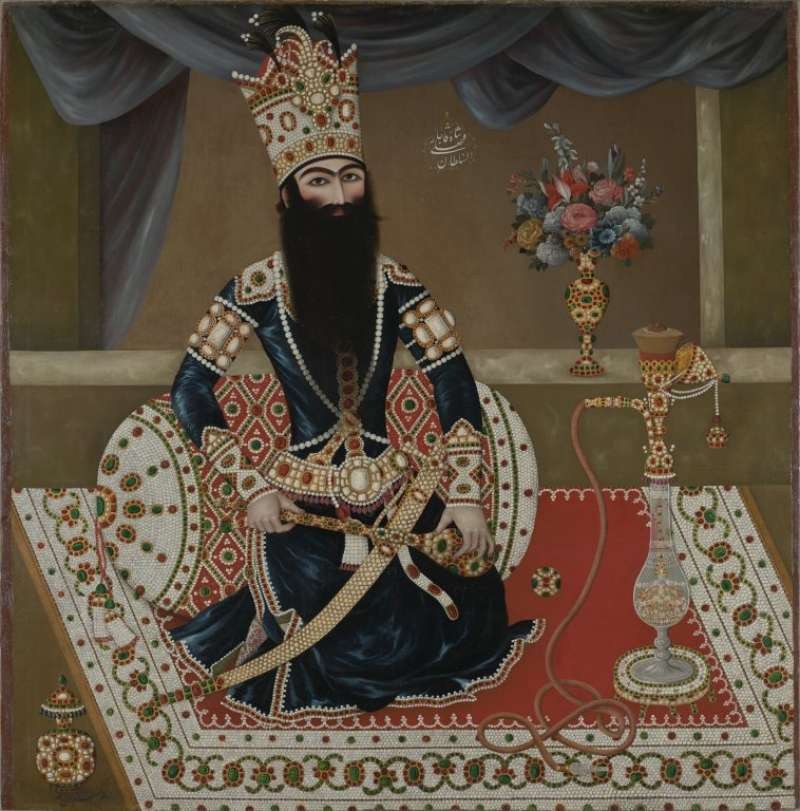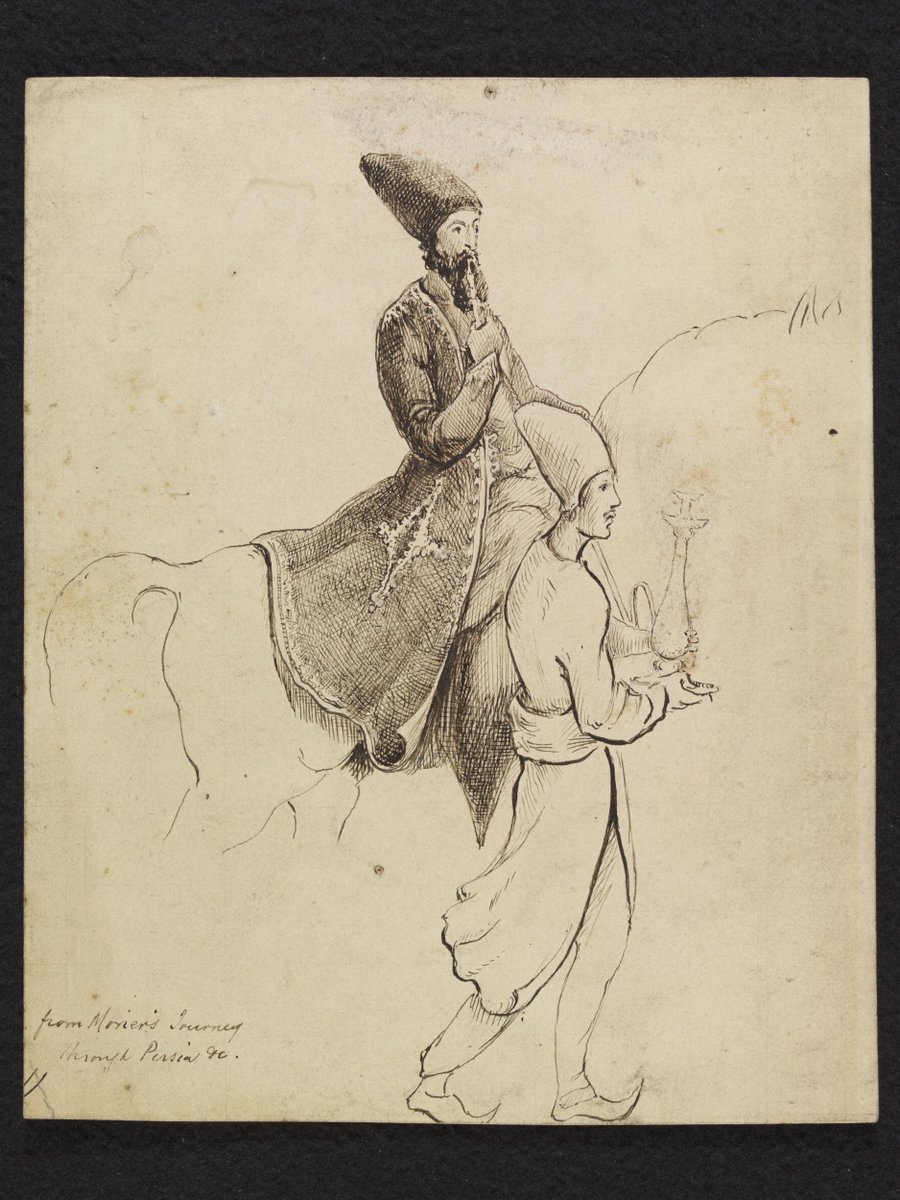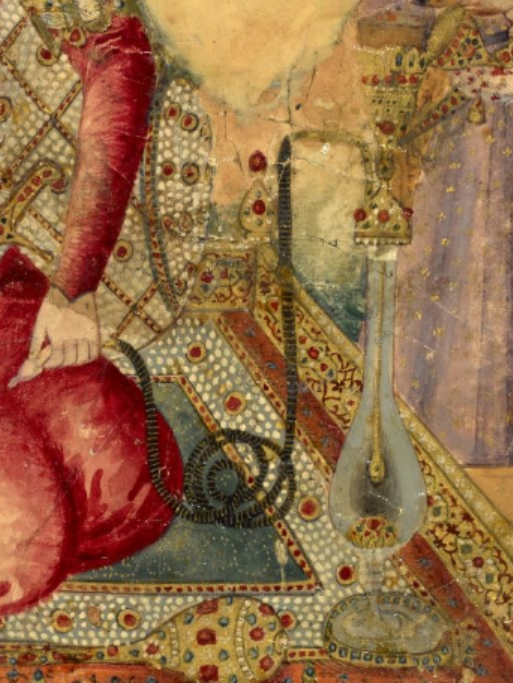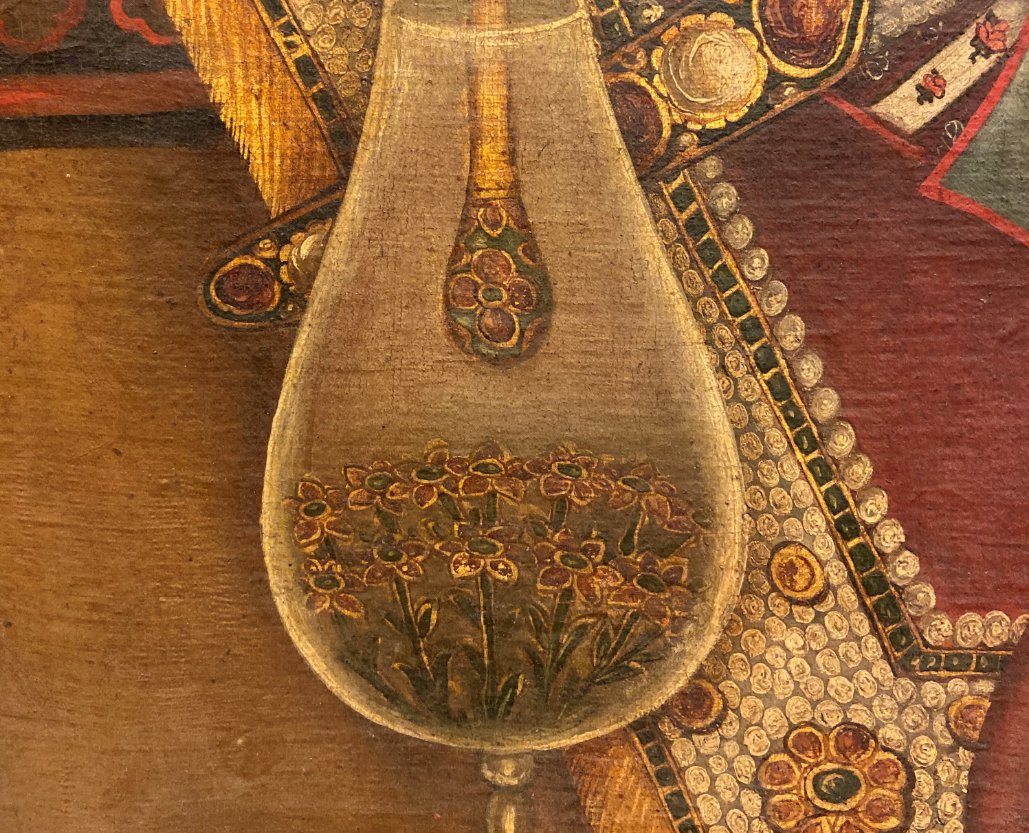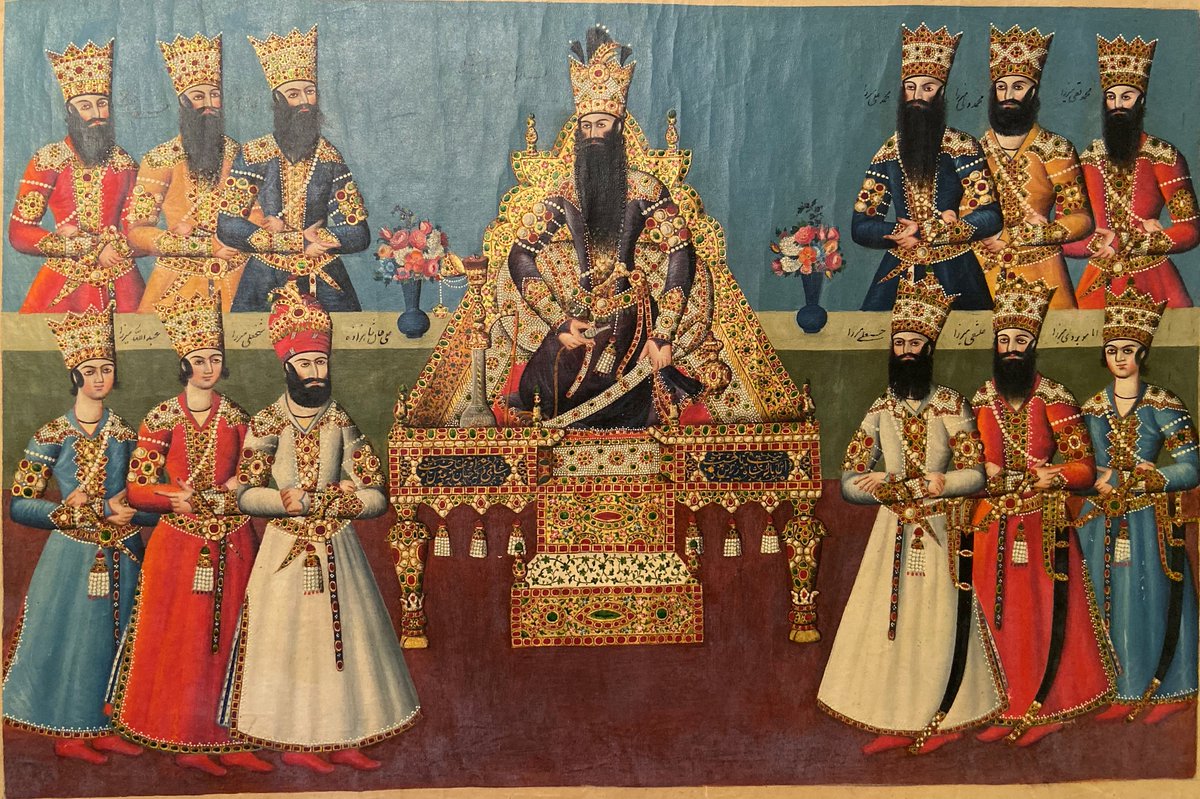
Recently I had one of those moments which researchers live for when the stars aligned and all the pieces suddenly fell into place, so here is a short thread about a eunuch, his tomb, and how architectural inscriptions were produced in 19th-century Iran... 





The V&A holds a unique collection of 19th-c. architectural drawings, known as the Mirza Akbar drawings, purchased in the 1870s from a couple of builders working on the British embassy in Tehran. They provide a very rare glimpse into the history of architectural practice in Iran. 





These two inscriptions (ink on Russian paper) are among the Mirza Akbar drawings. They are templates for two lines of a poetic inscription dated 1263/1846-47. They have long interested me as there is a mention of Fath-ʿAli Shah (r.1797-1834), whose reign my research focuses on. 



It's not always easy to see, but the outlines of some of the shapes have been pricked to make tiny holes through which a powder (probably charcoal) can be pressed to transfer the shapes to another medium, in a technique known as pouncing. 
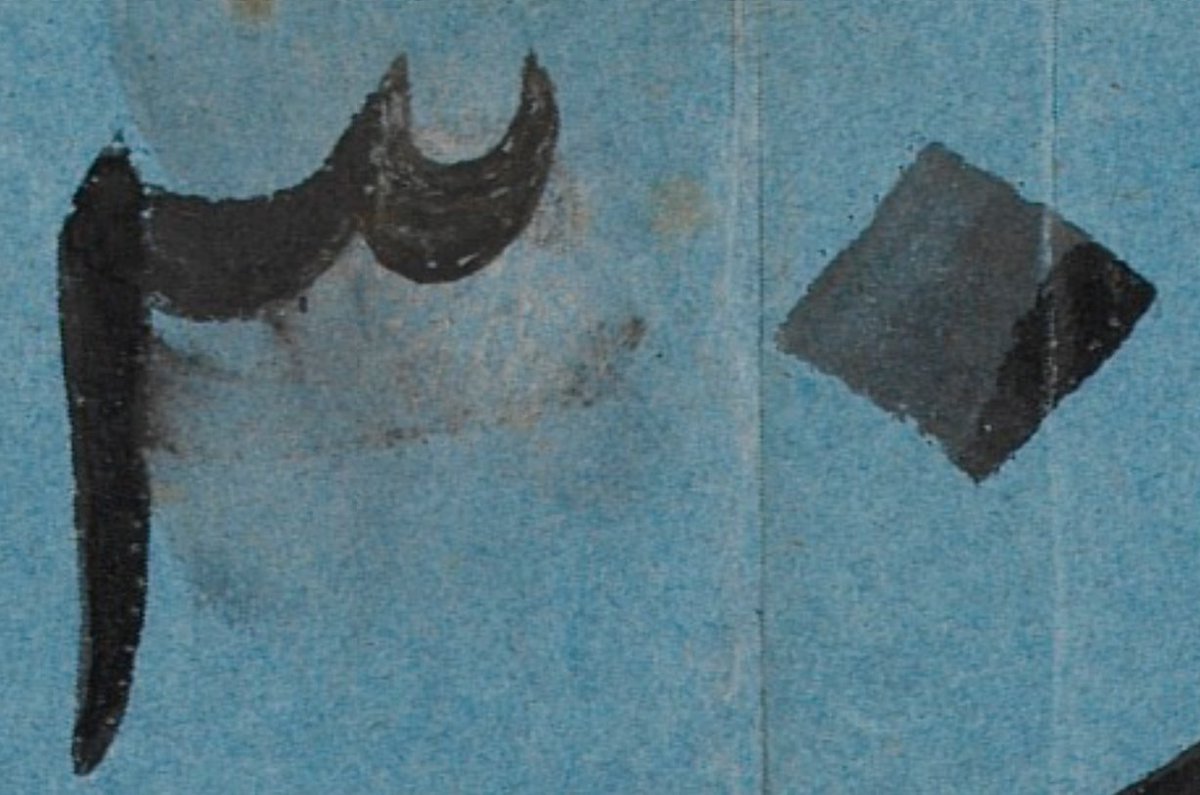
But where were they transferred to? The term 'muʿtamad' (معتمد) in the inscription suddenly made me wonder if they could be connected to the important Qajar figure known as Muʿtamad al-Dawla, a.k.a. Manuchihr Khan. The inscription's date - 1263 - is the year in which he died. 

Manuchihr Khan, born in Tbilisi as Chongur Enikolopiant, was captured by Qajar forces in 1804 and enslaved. He was also castrated, which is why he was beardless. But he rose through the ranks to become a key member of Fath-ʿAli Shah's court and later governor of Isfahan. 

On his death, Manuchihr Khan was buried in a mausoleum within the shrine of Fatima Maʿsuma in Qom, close to the tombs of Muhammad and Fath-ʿAli Shah. This is the entrance to the tomb as it looks now (with thanks to Kimia Maleki and Hossein Noori for the photos). 
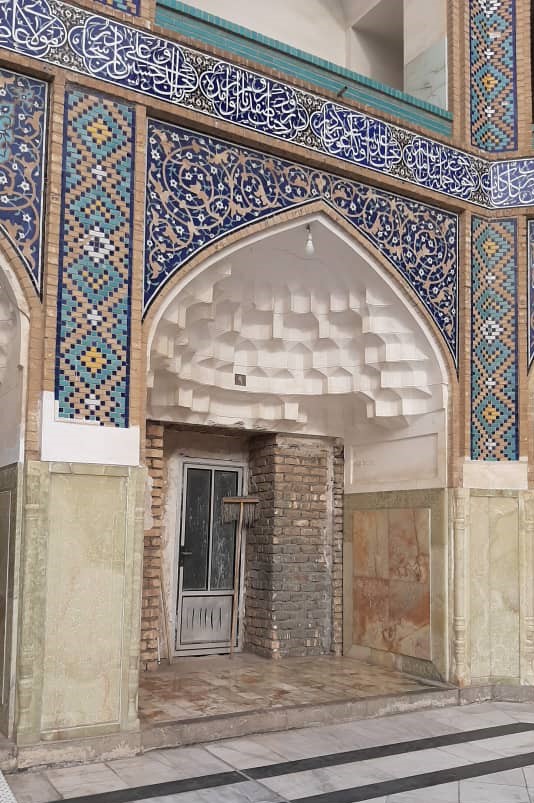
Luckily, there is a history of the shrine (turbat-i pākān) which does include a mention of the tomb. When it was compiled in the 70s, only a few lines of the inscription around the interior of the dome survived but one of them is a match with one of the templates!! 

The tomb isn't in a great state and it seems to be being used to store construction and cleaning materials. I have no idea what is left of the interior but I'm not optimistic. (There is a wider issue here about what is seen as worthy of preservation in these shrine complexes). 

So, these templates might be the only evidence left for what the inscriptional programme of Manuchihr Khan's mausoleum looked like, as well as providing evidence for artistic/architectural practices in 19th-c. Iran. 


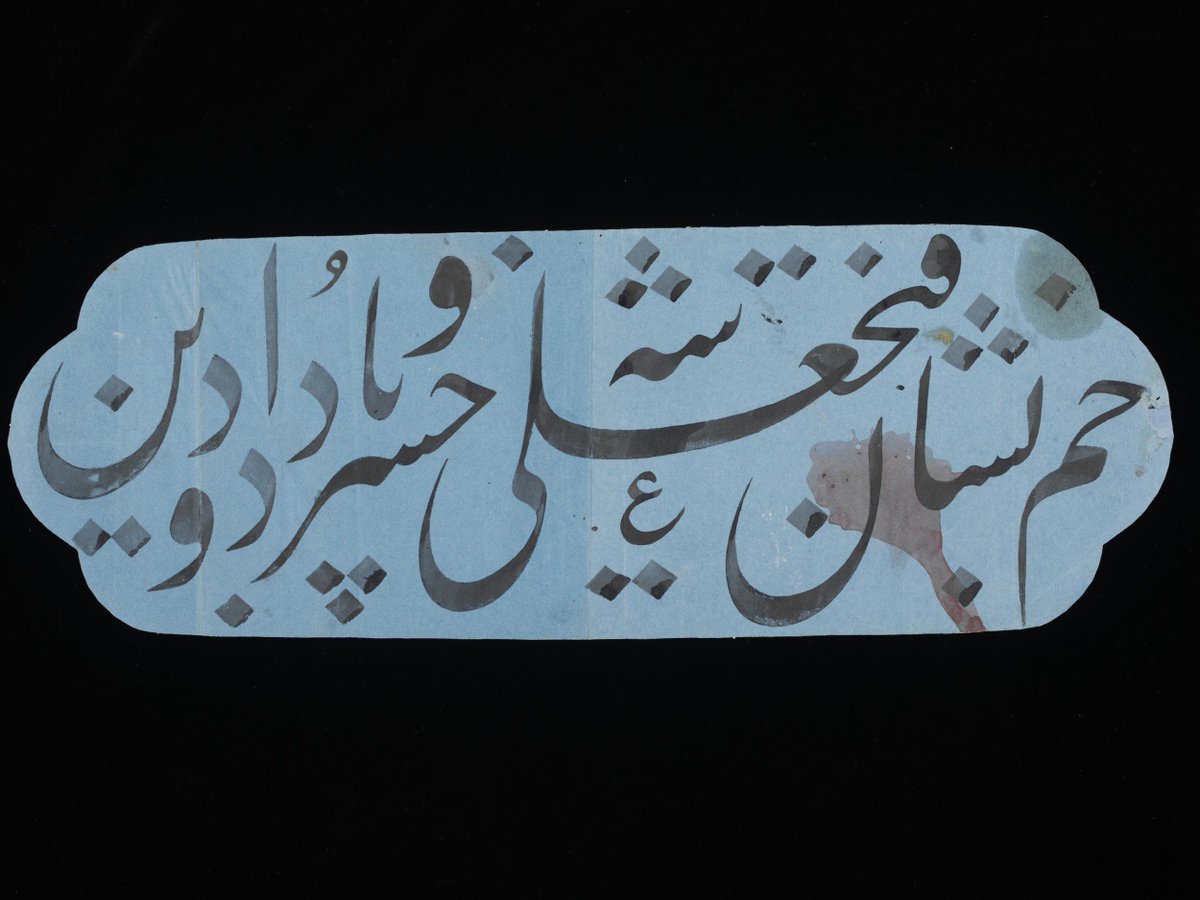
If you'd like to know more about Manuchihr Khan, I recommend Nobuaki Kondo's chapter in Gleave's Religion and Society in Qajar Iran which discusses his patronage of religious sites in the context of his position as a convert. 

I'll end by encouraging you all to have an explore of the new V&A collections platform which is now up and running. You can lose some happy hours enjoying the rest of the Mirza Akbar drawings...
vam.ac.uk/collections
vam.ac.uk/collections

• • •
Missing some Tweet in this thread? You can try to
force a refresh

